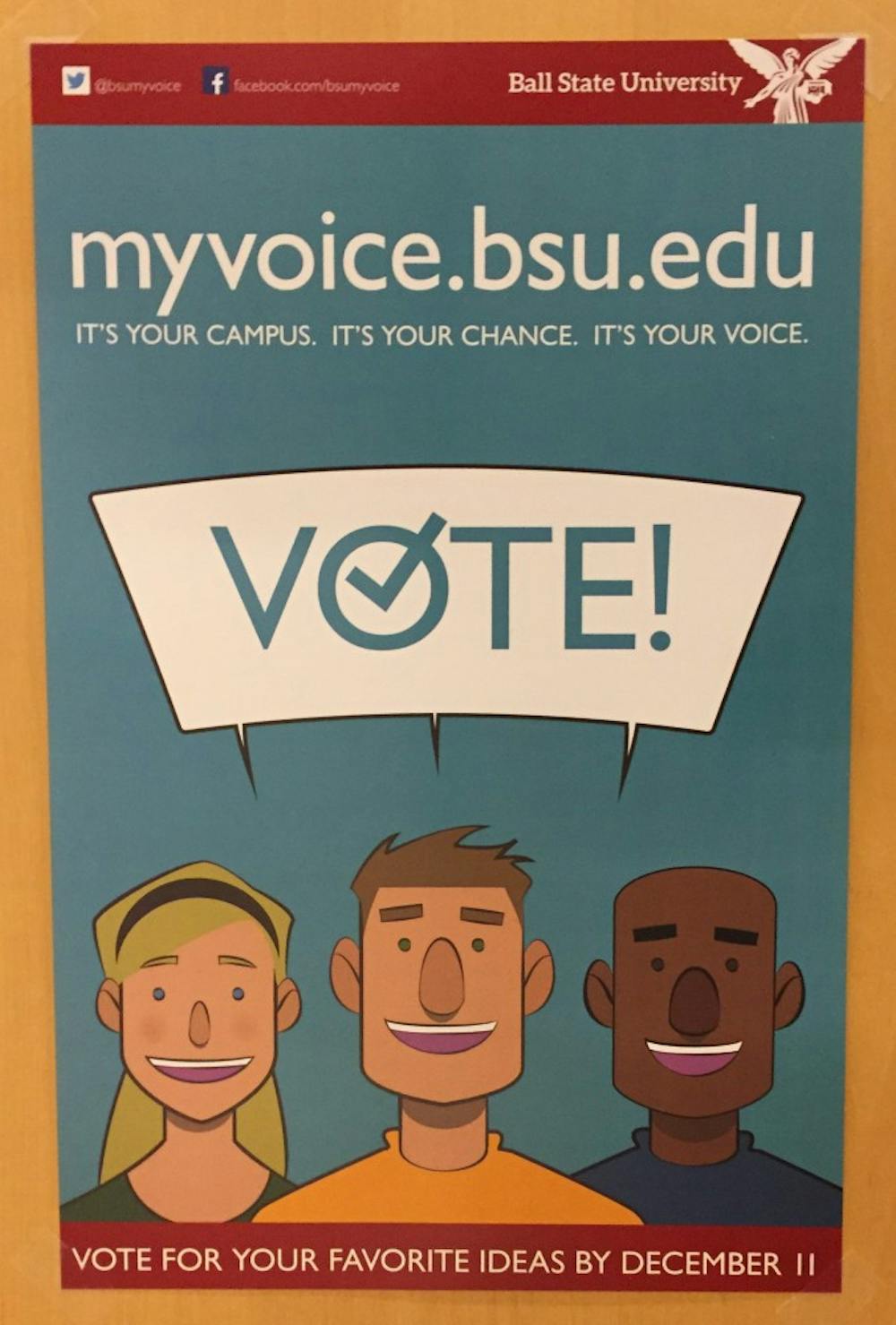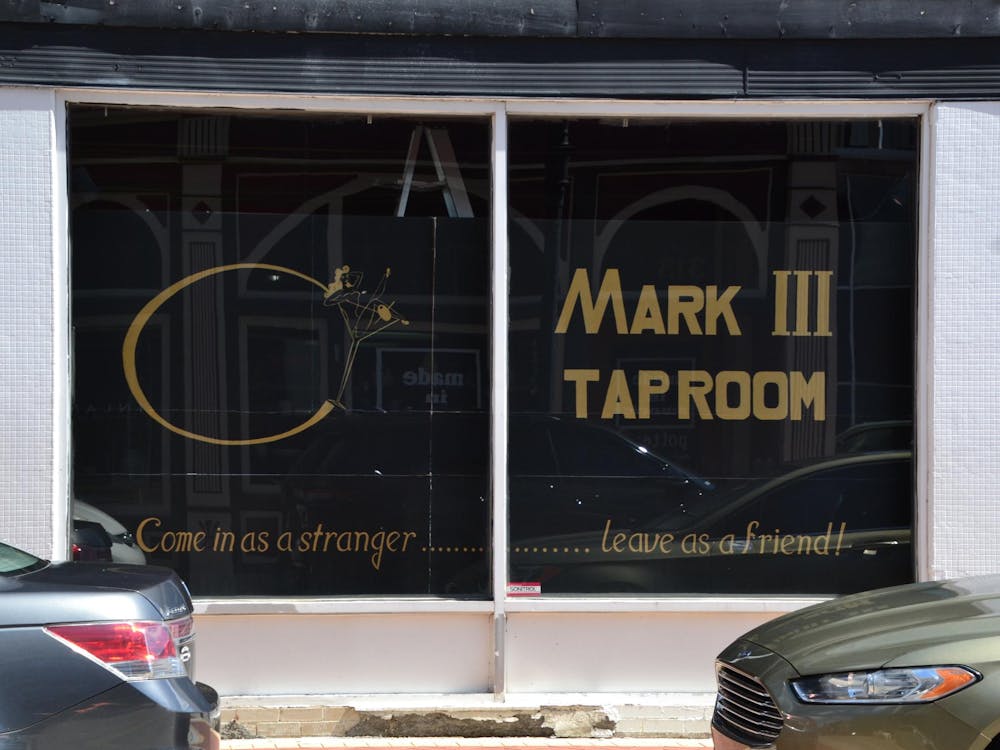After receiving more than 1,200 ideas and 1,400 students logging on to vote on ideas, the My Voice campaign is working on choosing which ideas to pursue.
A group of five Digital Corps students are currently working with Digital Corps director Brandon Smith and Stuart Sipahigil, the senior strategist for enterprise user engagement, to form Charters for Change, which will identify the problems.
“These charters are there to define the problem and not solve it,” Sipahigil said. “We may make some recommendations based on the information we get. The idea is to do enough research and find out enough information for the departments, administration that are involved or anyone else to make a good, informed decision about how to solve the problem.”
Originally, one to three charters were to be worked on, but there could be a maximum of five, depending on the complexity of the problem and how long the problem will need to be researched, Sipahigil said.
They're currently making a list of ideas for President Paul W. Ferguson and his cabinet to review in their Jan. 19 meeting. Once the ideas have been reviewed and the cabinet gives recommendations, a final decision will be made on which charters to start researching.
Smith said he and Sipahigil went into the My Voice campaign with “no preconceived notions” and was unsure what problems would be submitted. The long-term timeline is currently unknown because research will be done on the charters, and some may take more time than others.
“We’re going to take whatever time is necessary to do the research and make an informed charter,” Smith said. “We don’t know the answers yet. Everybody thinks they know how to fix these things, but we want to be really informed about it. We’re gonna take our time and do it right and not make any assumptions.”
Sipahigil’s role is to lead the user experience team and teach them different processes and types of research that can be done for the charters. Smith’s role is to oversee the process and facilitate roles for other people both within and outside the Digital Corps.
“I really want to see a student-driven initiative,” Smith said. “That’s the heart of what we’ve done so far with the submissions and voting and it really needs to be the heart of what we do from here on out. Students will play an active role in this whole thing and we’re just kind of here to make sure they’re pointed in the right direction.”
A group that will “absolutely” be involved in the upcoming processes will be the students who submitted the original ideas, Sipahigil said. They'll plan meetings to help gain an understanding of what a student was thinking when he or she submitted the idea.
If multiple people submitted the same idea, the Corps wants to get them together so they can be involved in the process. For example, if 10 students submitted an idea about better Wi-Fi coverage, those students could go different places on campus and tell the Corps where coverage was good or bad. Other groups on campus, like the Student Government Association, will also be involved in helping define the problems and looking for solutions, as well as possibly taking on entire charters.
The current plan is to do the My Voice campaign at least once a year for the next three years.
Smith said he wants the entire process to be “as transparent as possible with all the stakeholders involved — students, administrators and everything.”
A blog has been set up at studentchange.bsu.edu where updates will be posted on the progress of the charters.





